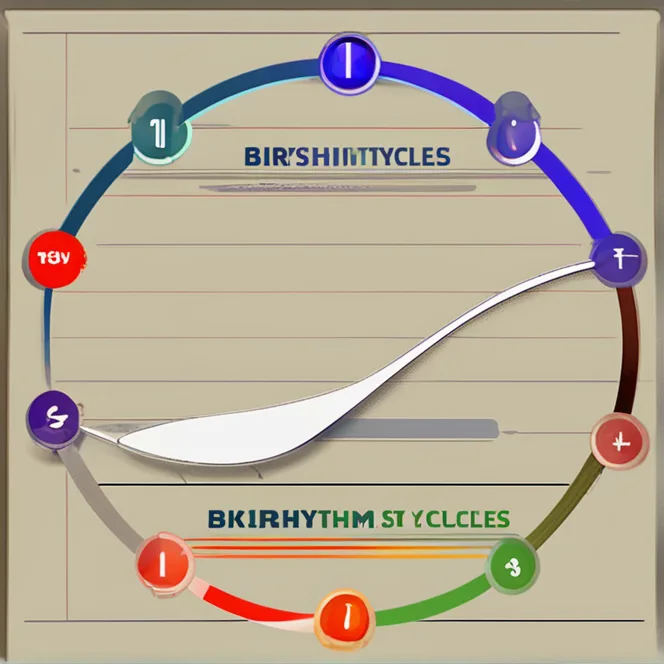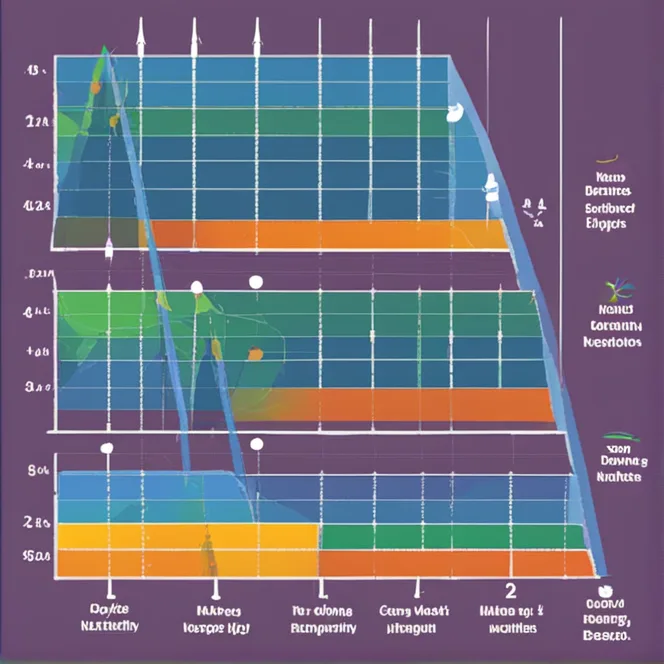
Unlocking Your Body's Natural Clock
Explore the intriguing world of biorhythms and discover how they influence your physical, emotional, and intellectual states.
article by Adrian Wallace
The concept of biorhythms is a fascinating aspect of personal well-being that suggests our lives are influenced by natural mathematical cycles. These cycles begin at birth and oscillate in a predictable pattern throughout our lives, impacting our physical, emotional, and intellectual capabilities. While the idea originates from the late 19th century, it has garnered interest as a personal assessment tool to help predict and plan for periods of high performance or potential challenges. The belief is that by understanding one's biorhythms, a person can make informed decisions when it comes to personal relationships, undertaking new ventures, or optimizing their overall well-being.
Biorhythm Theory Essentials
Biorhythm theory proposes three primary cycles: The Physical, Emotional, and Intellectual cycles, each with a different duration; 23, 28, and 33 days respectively. The Physical cycle is thought to influence one's strength, stamina, and overall vitality. The Emotional cycle purportedly affects mood, creativity, and perception of social interaction, while the Intellectual cycle is said to govern logical thinking, alertness, and the ability to process information. Each cycle has a high (positive) phase, a low (negative) phase, and a critical transition day, which may be times of instability or heightened awareness depending on the cycle.

Physical Biorhythm Example
Consider the Physical biorhythm of a marathon runner. When their cycle is in the high phase, they might find their energy levels are up, muscle recovery is swift, and performance peaks. During the low phase, the same athlete could feel sluggish, more prone to injuries, and find it harder to maintain endurance. Knowing this, the runner can tailor their training regimen to align with these natural rhythms, scheduling intensive training during high phases and rest or light workouts during low phases.

Emotional Biorhythm Example
Imagine a teacher navigating their Emotional biorhythm. In the positive swing, they may find it easier to connect with students, to be empathetic, and to provide motivational support. Conversely, during their negative phase, they might feel more irritable, disconnected, or emotionally fatigued. Awareness of these patterns can help the teacher to plan for significant interactions, such as parent meetings or student evaluations, during times of emotional strength.
Intellectual Biorhythm Example
Look at the Intellectual biorhythm through the lens of a software developer working on intricate coding problems. During a high intellectual phase, complex tasks may seem more manageable, concentration levels may be heightened, and problem-solving can be at its best. The low phase could see the developer struggling with focus, finding it challenging to tackle new concepts, or taking longer to complete tasks. Recognizing these fluctuations can be immensely beneficial for planning project milestones or brainstorming sessions.

Personalizing Your Biorhythm Chart
Biorhythm charts are personalized diagrams that visually map out the high, low, and critical days of each cycle. They can be generated using biorhythm calculator software or online platforms. By inputting your birth date, these tools provide insights into your current and future cycle phases. Many enthusiasts use these charts to help plan activities, anticipate health and wellness patterns, or navigate personal and professional relationships more effectively.
Applications and Considerations
While the scientific community largely regards biorhythms as pseudoscience, many individuals find personal value in monitoring these cycles. Whether for aligning with particularly advantageous days or for steering clear of potential lows during important events, biorhythms offer an intriguing way to sync with life's ebb and flow. It is crucial, however, to approach biorhythm predictions with a balanced perspective and not as deterministic projections of an individual's fate or fortune.
Published: 12/12/2023
Modified: 12/12/2023
More predictions
Come back here soon to learn more about yourself and your future

